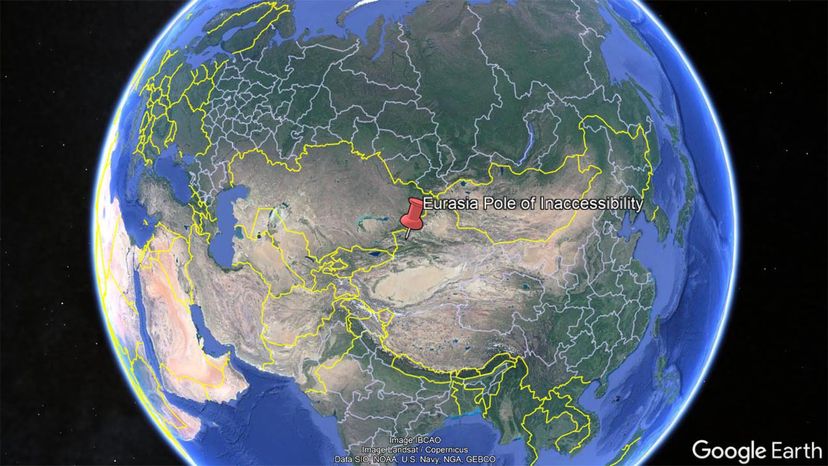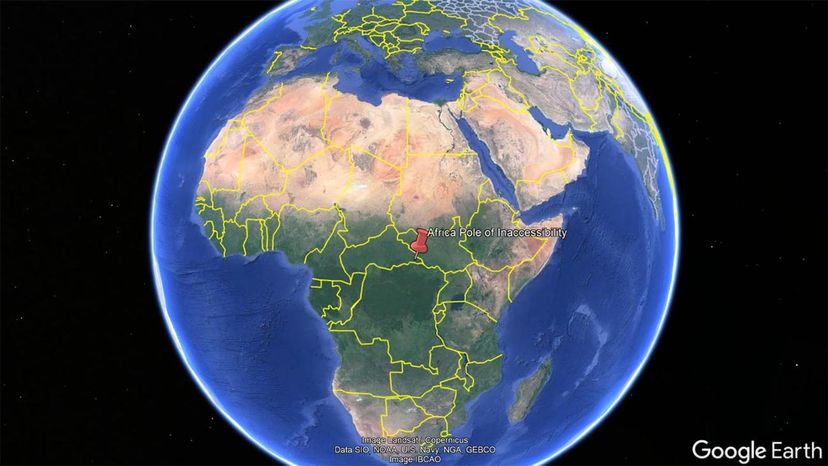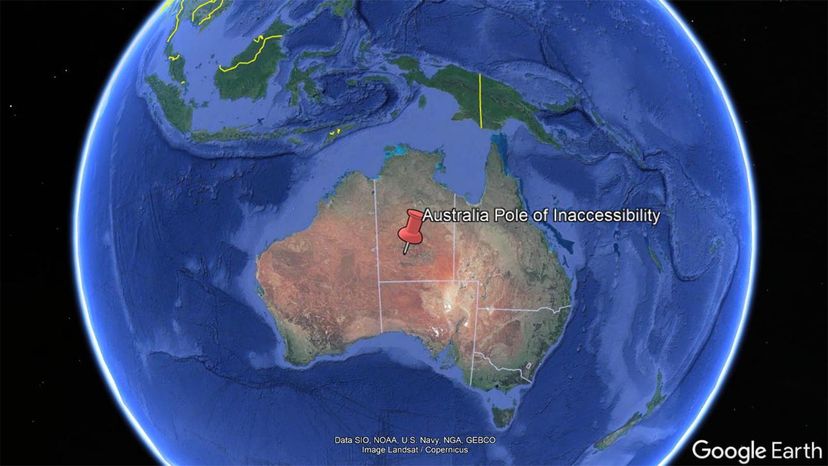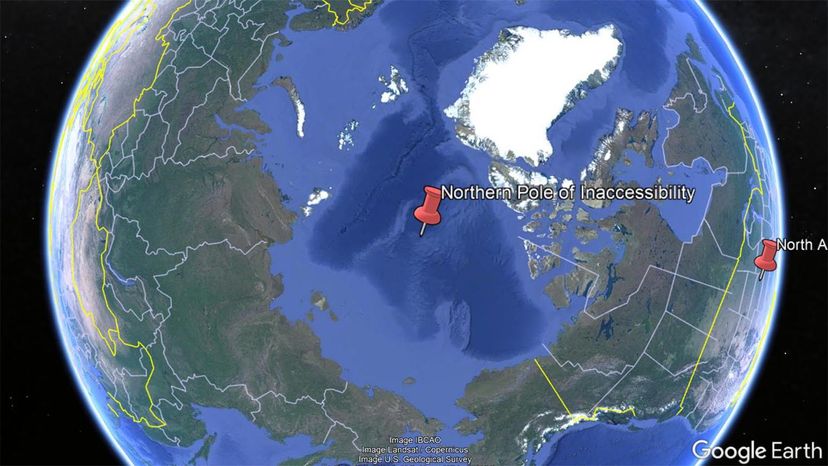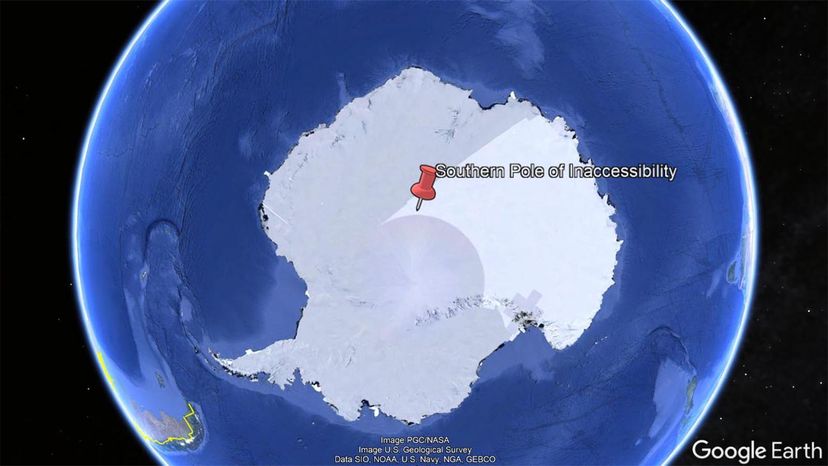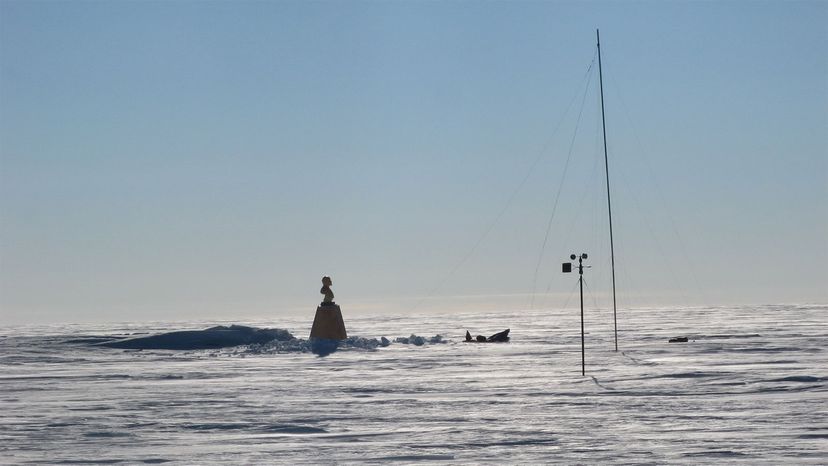
You might think of the South Pole as perhaps the most remote spot on Earth. In reality, it's not even the most remote spot in Antarctica.
That distinction actually would belong to a spot called the Southern Pole of Inaccessibilty, about 546 miles (878 kilometers) away from the South Pole, an ice-covered patch of earth that happens to be the most distant spot from the Southern Ocean on the Antarctic continent. It's so remote, in fact, that humans have only visited it a few times (more on that later), according to Smithsonian Magazine.
Advertisement
That obscure location in Antarctica is one of the planet's numerous Poles of Inaccessibility, a term used for the most remote spot on a particular continent or an ocean. If we're talking about land, the Pole of Inaccessibility is located at the most remote spot from the ocean, while if the pole is in an ocean, it's the spot that's farthest away from land, as this article from the Australian publication Traveller details.
A paper published in Scottish Geographic Journal in 2008 included an algorithm that can be used to calculate the most remote places on Earth. Even so, it's also possible for geographers to come up with more than one location on a continent that seems to fit the distinction of being the farthest away from everything.
Here are some of the recognized Poles of Inaccessibility:
Advertisement
